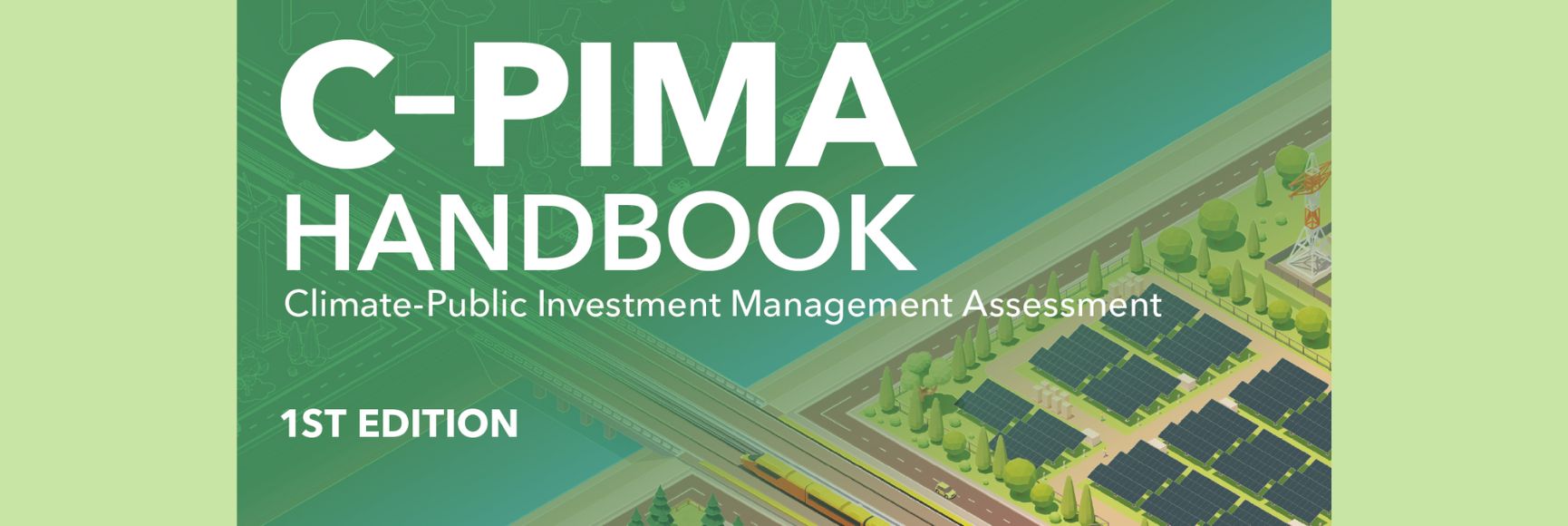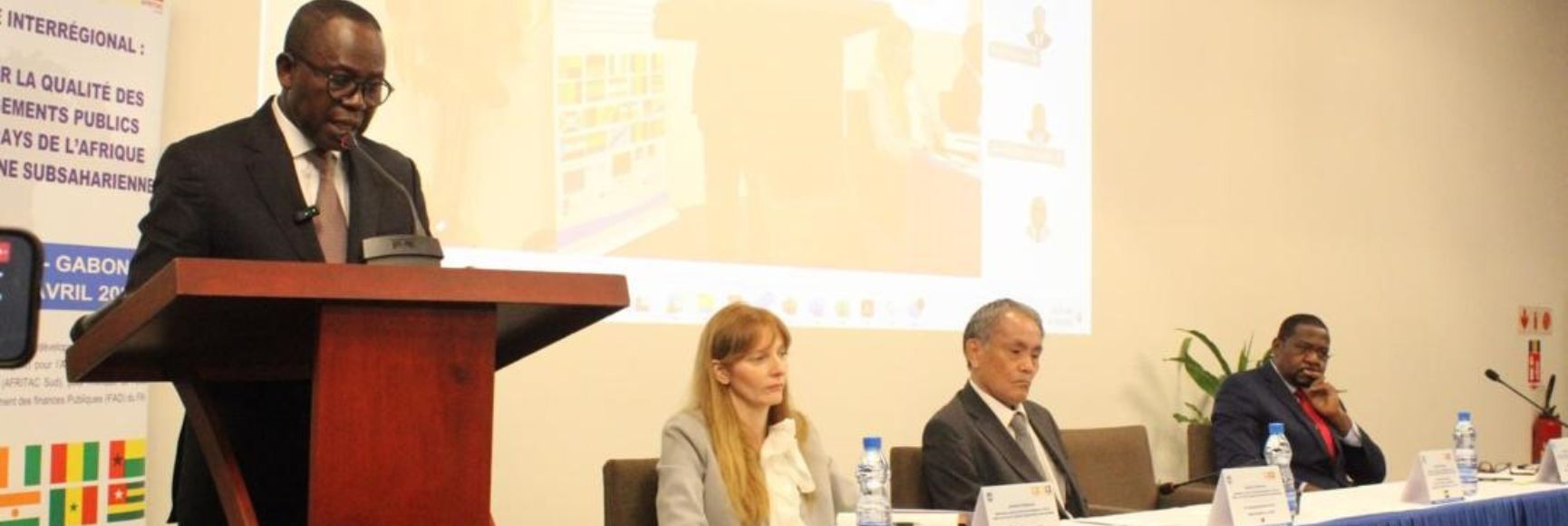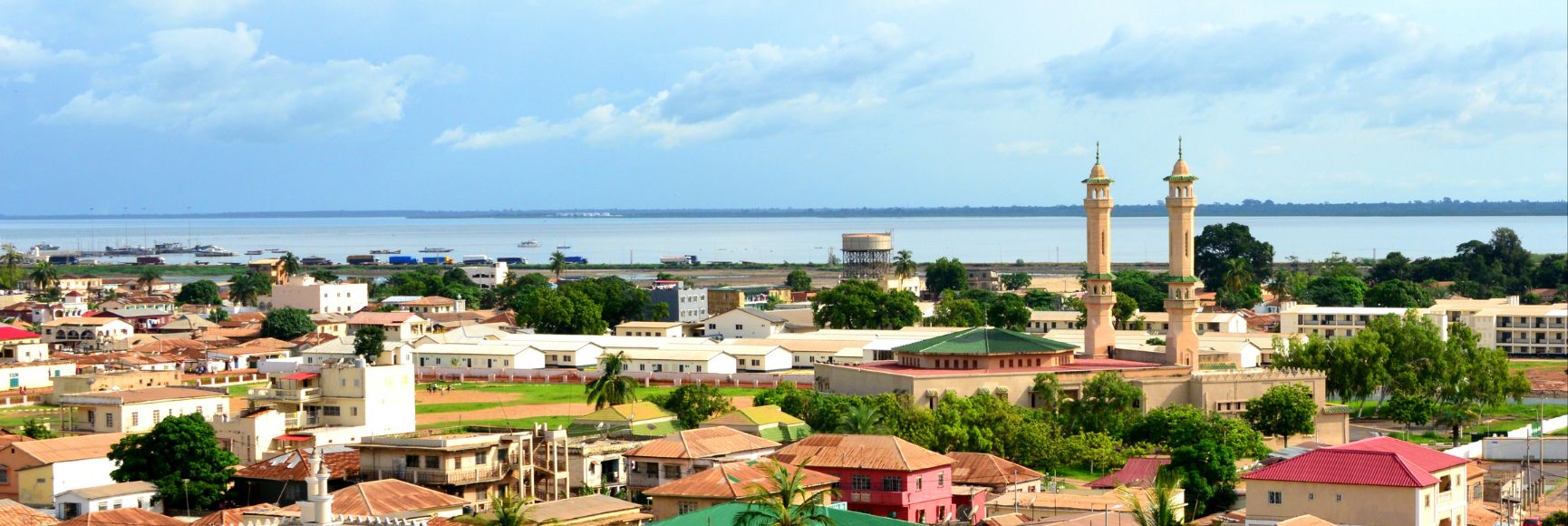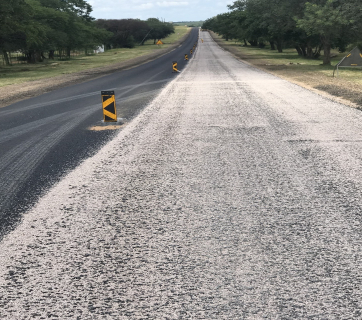
Posted by Willie du Preez[1]
Public Infrastructure assets are a foundation of a country’s economic development. Maintaining such assets in good condition is critical. Infrastructure wears out with time and use. Neglected infrastructure will result in degradation of the assets with negative effects on the economy, leading to greater costs of reconstruction over time. The goal of maintenance is to preserve an asset, not to upgrade it. It includes minor repairs (routine maintenance) and improvements (capital maintenance) to eliminate the cause of defects and to avoid excessive repetition of routine maintenance efforts.
Many recent Public Investment Management Assessment (PIMA) reports prepared by the IMF’s Fiscal Affairs Department have shown that countries maintain little information of the current status and quality of their public infrastructure assets. As a result, the amounts allocated in the budget are often insufficient to meet even minimal levels of routine maintenance. And these inadequate budgets may be cut further during the year to make room for politically more desirable spending. On the other hand, the budgets allocated for capital maintenance are often large, a consequence of the neglect of routine maintenance.
To make reliable estimates of maintenance requirements, governments need to put in place a comprehensive register of their fixed assets, such as buildings, roads and power lines. Unfortunately, infrastructure asset registers are either rarely maintained by countries or do not exist. Maintaining an asset register, backed by a condition report on each asset, is of vital importance, to reduce maintenance costs and increase the life span and quality of the infrastructure. The register provides a country with a record of all previous transactions pertaining to the asset, which include maintenance, modifications, and upgrades as well as performance information.
According to the World Bank, returns on maintenance on road projects were almost twice as much as those on projects that involved mainly new construction. If maintenance has such a high return, why do countries not prioritize these expenditures? Financing might be one issue. It is often easier for governments to borrow money from international institutions for the construction of new infrastructure than to obtain money for maintenance. Maintenance can be delayed, therefore, and in times of budget tightening may bear much of the burden of fiscal adjustment.
Economic theory suggests that there is a non-linear relationship between the ratio of maintenance to new investment and economic growth. Growth increases when the maintenance to new investment ratio increases to an optimal level, but growth decreases thereafter. See illustration in the chart below.
Figure 1 (Click on the graph for a better image resolution)
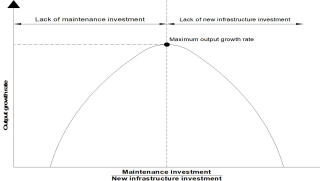
Source: Kalaitzidakis and Kalyvitis (2005).
Some practical examples illustrate this important relationship. A recent study by the Federation of Zambian Road Hauliers, for example, examined the effects of bad road conditions on a vehicle’s operating cost. One set of truck and tractor trailers travelled for one year along a road in good condition. Another set travelled along a pothole-filled road in bad condition. At the end of the year, the company had spent about US$14,000 more on repairing the vehicles using the pothole-filled road. This shows in microcosm the negative effect of the neglect of maintenance on an economy, as well as the costs to operators of transport companies.
Another study showed that infrastructure-related spending in Canada has recently fallen to half of its level in the 1960’s and that maintenance has been neglected, leading to the collapse of one urban overpass and the crumbling of other infrastructure. The study estimated that Canada would need to spend about $72 billion on new public investment projects and $123 billion for the maintenance of existing infrastructure.
In some cases, maintenance may be improved through decentralization. A celebrated study of the Peruvian Rural Roads Project was described by the World Bank (2007). The approach involved letting the rural communities set priorities for the roads to be rehabilitated. The technical management and budgeting of rural roads was decentralized to provincial municipalities over time. About 38 provincial road institutes were created with many local authorities as members. These institutes in turn formed micro-enterprises comprised of some of the poorest members of the communities. In all, more than 500 micro-enterprises were formed, employing 5,700 workers (30 percent of whom were female). The timeliness and efficiency of maintenance improved significantly, while at the same time increasing entrepreneurial capacity and reducing poverty. Under this initiative, about 13,000 km of roads were rehabilitated and maintained.
[1] Consultant, based in Pretoria, South Africa.
Note: The posts on the IMF PFM Blog should not be reported as representing the views of the IMF. The views expressed are those of the authors and do not necessarily represent those of the IMF or IMF policy.



